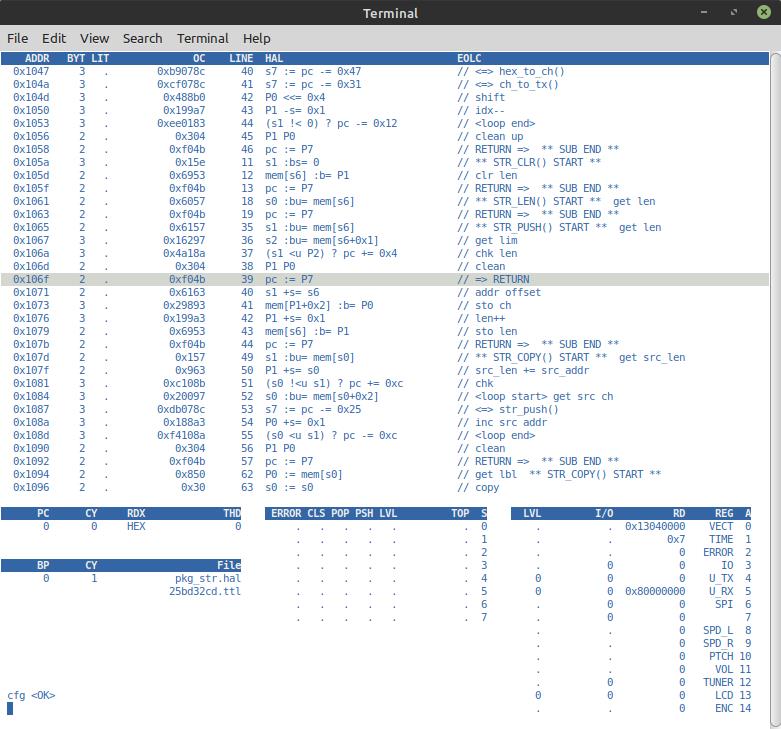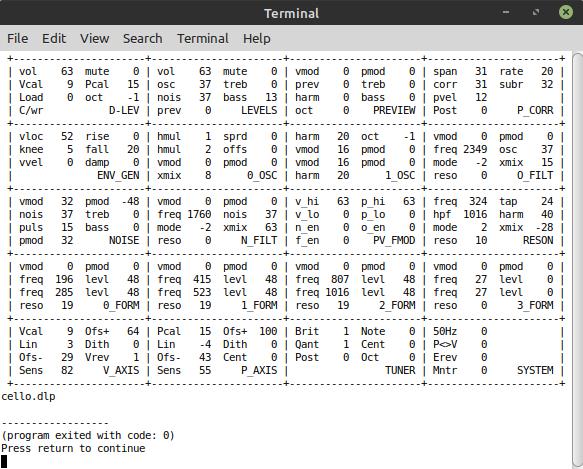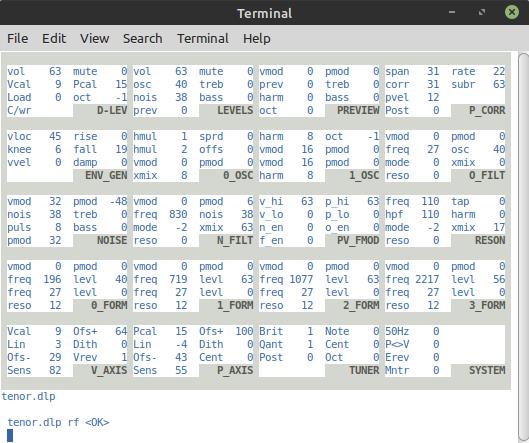"Print design is about unrelenting fastidiousness across a broad range of disciplines." - from: https://opensource.com/article/19/4/linux-graphic-design-tools-professionals
Nice article, and so nicely put. I dabble in the graphical arts, so I fancy that I can at least somewhat appreciate all that goes into it. IMO this applies to digital Theremin design as well. So many details to attend to, requiring background in programming, DSP, filtering, synthesis, sampling, alias suppression, rate conversion, UI, etc. And if you're designing the processor as well (my vanity project) that's even more that you need to be unrelentingly fastidious about, because everything is built on it. But you don't need to know everything up front, the process itself is a great teacher. Beyond the math identities, I knew almost nothing about inductors going into this - so anyone can play this game!
[EDIT] Trivial, but the Hive assembler / sim is now in a blue motif:

Thanksgiving is over, but a busy week of volunteering ahead. I hope to start on a console based librarian of some sort after real life calms down (and I suppose I've given up on the whole GUI thing for the foreseeable future).



